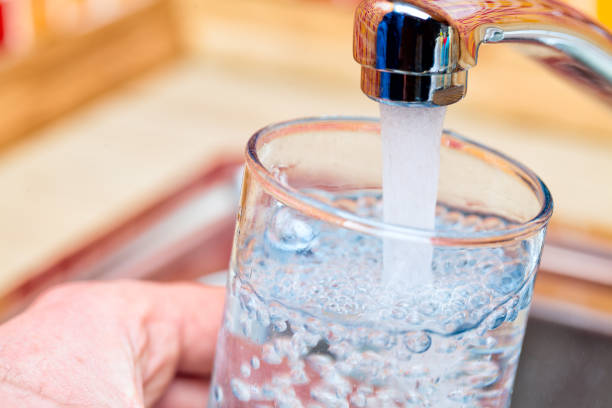1,1-Dichloroethane

Parameter Type: Drinking Water Testing for Volatiles
Parameter Name: 1,1-Dichloroethane
What it is and Where it Comes From:
1,1-Dichloroethane (ethylidene dichloride) is a chlorinated hydrocarbon. It is a colorless oily liquid with a chloroform-like odor. It is not easily soluble in water, but miscible with most organic solvents. Large volumes of 1,1-dichloroethane are manufactured, with annual production exceeding 1 million pounds in the United States. Occupational exposure to 1,1-dichloroethane may occur for those workers in the rubber and plastic, chemical, electrical equipment and supply, medical and other health services, and oil and gas industries. Drinking water testing gives you several benefits like peace of mind, identifying contaminants in your water, and insight into health concerns. Safe Home offers Laboratory drinking water testing kits for 1,1-Dichloroethane, allowing you to collect your water sample and ship it directly to our EPA-Certified Laboratory. This platform of drinking water testing for 1,1-Dichloroethane will give you an accurate level based on the lowest level of a parameter our instruments can detect (Method Detection Level). Safe Home drinking water testing for volatiles can be used for city and well water supplies. Drinking water testing should be done any time you notice a significant change in your water quality.
Health Effects:
Tests involving acute exposure of rats and mice have shown 1,1-dichloroethane to have moderate acute toxicity from oral exposure. No information is available on the chronic effects of 1,1-dichloroethane in humans. The only adverse health effect noted in two oral animal studies was body weight depression. No information is available on the reproductive or developmental effects of 1,1-dichloroethane in humans. No information is available on the carcinogenic effects of 1,1-dichloroethane in humans. An oral study by the National Cancer Institute (NCI) reported a significantly positive dose-related trend in hemangiosarcoma’s, mammary tumors in female rats and liver tumors and endometrial stromal polyps in mice.
Solutions to Contaminant Levels:
You have completed the drinking water testing process, what Is the next step? A filter with granular activated carbon (GAC) is a proven option to remove certain chemicals, particularly organic chemicals, from water. GAC filters also can be used to remove chemicals that give objectionable odors or tastes to water such as hydrogen sulfide (rotten eggs odor) or chlorine. Reverse osmosis is a process that removes foreign contaminants, solid substances, large molecules, and minerals from water by using pressure to push it through specialized membranes. Here’s how reverse osmosis works. Unlike osmosis, which is a passive process, reverse osmosis requires external force (pressure) to work. Pressure is applied to a highly concentrated solute solution, such as salt water, to pass through a membrane to a lower concentrate solution. The membrane allows water to flow through but blocks out larger molecules, like contaminants. The reverse osmosis process leaves higher concentrations of solute on one side and only the solvent, or freshwater, on the other. Who do I need to contact to find out more information about water quality in my area? Every community water supplier must provide an annual report to its customers, known as a Consumer Confidence Report (CCR). The report provides information on your local drinking water quality, including the water’s source, contaminants found in the water, and how consumers can get involved in protecting drinking water. How often does the local public water system preform drinking water testing? Frequency of drinking water testing depends on the number of people served, the type of water source, and types of contaminants. Certain contaminants are tested more frequently than others, as established by the Safe Drinking Water Act. You can find out about levels of regulated contaminants in your treated water for the previous calendar year in your annual Consumer Confidence Report (CCR).


